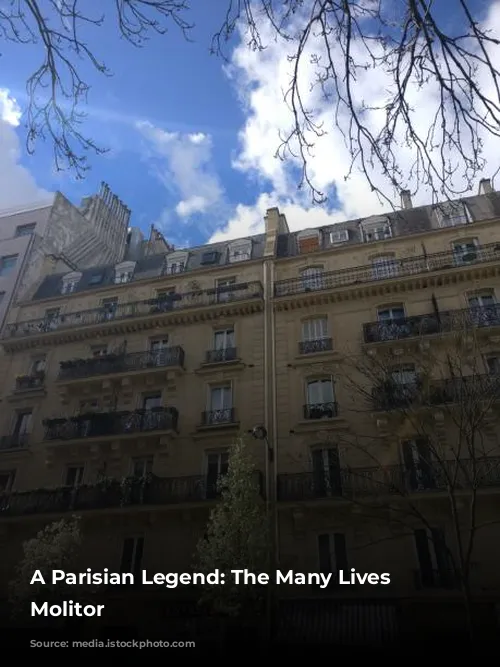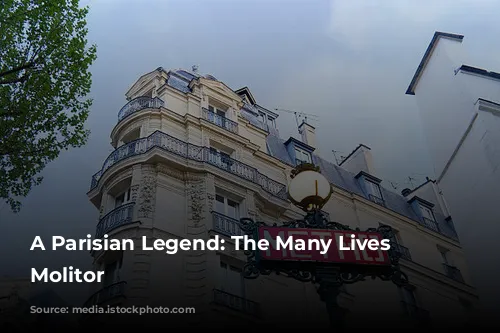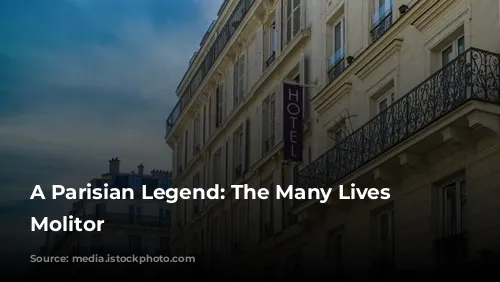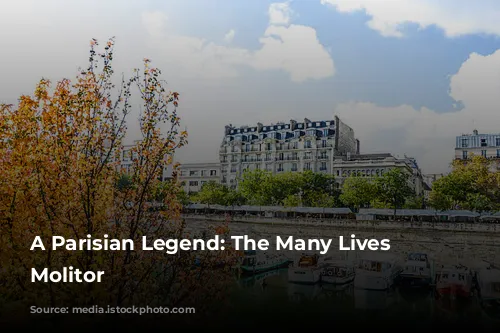Molitor, a name synonymous with Parisian elegance and history, has witnessed an extraordinary journey over nearly a century. From its grand opening in 1929 as a premier swimming and sports complex to its transformation into a haven for artists and a symbol of Parisian underground culture, Molitor’s story is one of resilience and reinvention. Let’s dive into the captivating life of this Parisian icon.
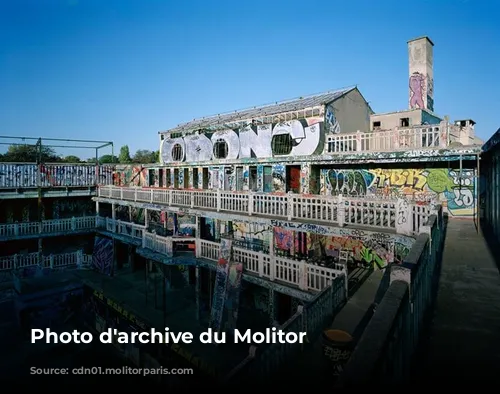
A Parisian Paradise: Birth of an Icon
Imagine a concrete triangle nestled in the heart of Western Paris, a haven where Parisians could bask in the sun, glide on ice, play golf, and simply enjoy life. This was the genesis of Molitor, a grand complex that opened its doors in 1929. Molitor was more than just a swimming pool; it was a symbol of Parisian sophistication, a place where art and sport intertwined. Its inauguration was graced by Johnny Weissmuller, a five-time Olympic champion, who served as the pool’s first lifeguard.
The allure of Molitor transcended its initial sporting purpose, quickly becoming a social hub for Parisians. The “Gala des artistes” in 1931 was just the beginning, followed by the annual “Fête de l’Eau” where the most beautiful bather was crowned each summer. Molitor was a place to be seen, a gathering place for the city’s elite. The indoor pool, a faithful replica of the original design by architect Lucien Pollet, is a testament to the timeless charm of Molitor.
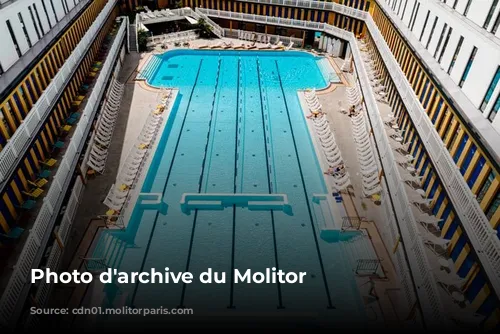
Molitor’s Golden Age: A Place for Memories
The atmosphere at Molitor was electric, a symphony of laughter, splashing water, and the chatter of Parisians enjoying life’s simple pleasures. Dominique Thomas, a cabin attendant at Molitor, fondly remembers this time: “It was the best period of my life. The atmosphere was incredible. We worked from 7 am to 7 pm, and our team was like a family. Many regulars came every morning to reserve their cabins, always the same one. We knew each other so well that we could recognize by the sound of a knock on the door whether a cabin was occupied or not.”
This sense of community and the echoes of laughter and joyful moments made Molitor a treasured part of Parisian life.
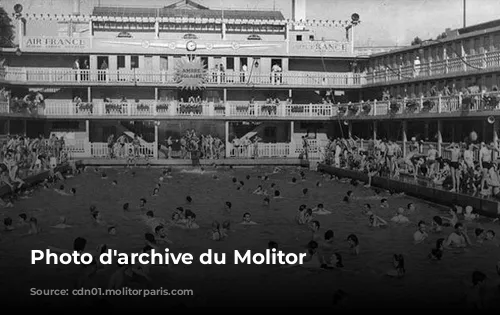
A Silent Witness: Molitor’s Transformation
The golden age of Molitor, however, was not destined to last forever. The closing of the ice rink in 1970 marked the beginning of its decline. The financial strain of operating the rink, coupled with aging infrastructure and maintenance issues, cast a shadow over Molitor’s future. The refusal of the Paris City Hall to provide the necessary funds for restoration sealed Molitor’s fate, leading to its closure in 1989.
However, even in its quietude, Molitor remained a canvas for creativity. Graffiti began to adorn its walls, transforming the abandoned building into a vibrant open-air art studio. Renowned street artists like Reso, Shaka, Katre, Kashink, Jace, Kouka, and Nosbé left their mark, their vibrant creations breathing life into the silent complex.
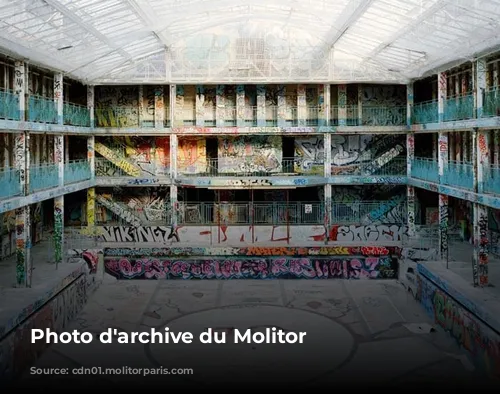
Rebirth of an Icon: A New Chapter for Molitor
In 2007, the Paris City Hall issued a call for proposals to revitalize the abandoned Molitor. The winning bid, a collaboration between Colony Capital, Bouygues Construction, and AccorHotels, envisioned a respectful restoration that honored the historical significance of the building.
The ambitious project involved a complete rebuild, as the existing structure was too damaged to be salvaged. However, the iconic rotunda, the original entrance to Molitor, was preserved, a testament to the building’s heritage. The new Molitor, a faithful replica of the original, was a triumph of architectural artistry and a tribute to the past. The daughter of Lucien Pollet, the original architect, was deeply moved by the meticulous reconstruction, acknowledging the dedication and expertise of the project’s team.

Molitor Today: A Legacy Reborn
Molitor has been reborn as a thriving complex, a fusion of its past and present. It boasts a 124-room hotel, a vibrant brasserie, a rooftop bar, and a luxurious spa by Clarins. The hotel’s design, by renowned architect Jean-Philippe Nuel, seamlessly integrates the swimming pools, creating an atmosphere reminiscent of a luxurious ocean liner.
Molitor also houses the “Club de Molitor,” offering a range of sports facilities, cultural activities, and events throughout the year. The street art legacy of Molitor is woven into its fabric, with captivating artwork adorning the lobby, hidden corners, and even the cabins. The iconic graffiti artists who transformed Molitor during its abandoned period have been invited back, adding their unique touch to the new building, echoing the vibrant history of the complex.
Molitor stands as a testament to Parisian resilience, embracing change while honoring its heritage. This iconic complex continues to captivate Parisians and visitors alike, a place where history and modernity intertwine, offering a unique experience that celebrates the past and embraces the future.



